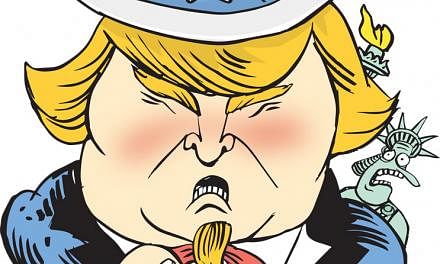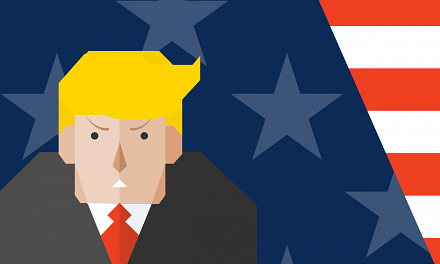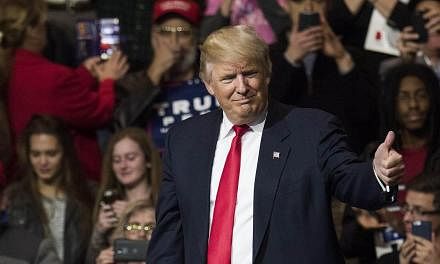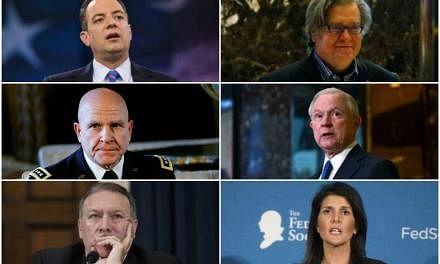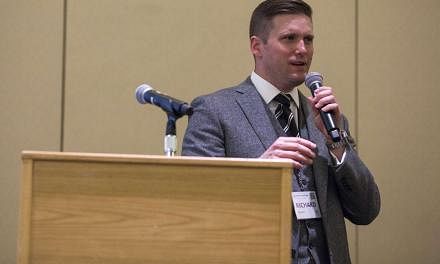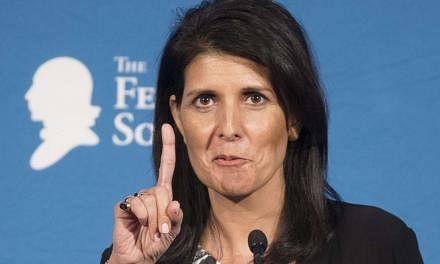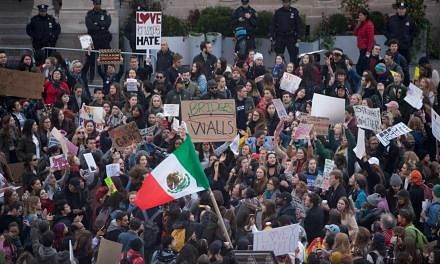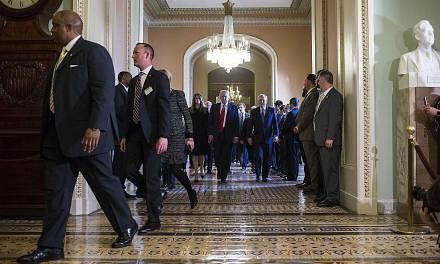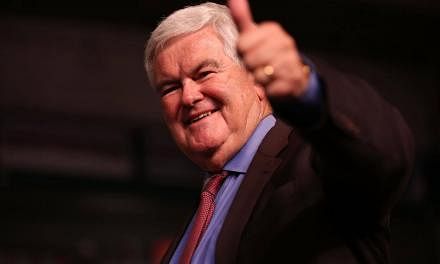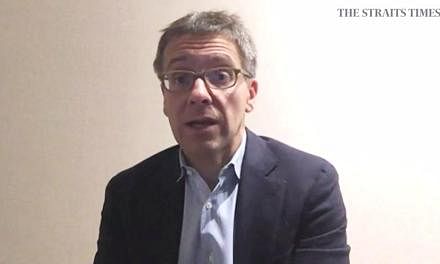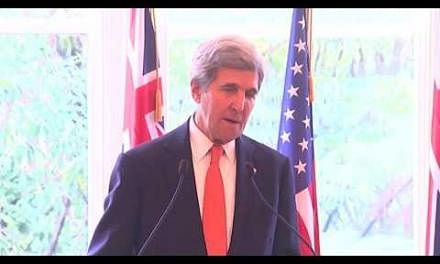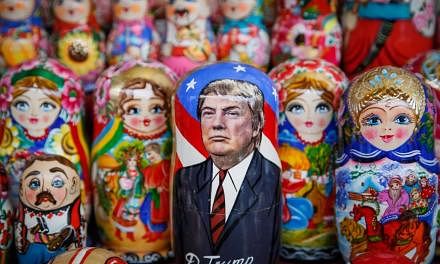In his victory speech early on Wednesday, Mr Donald Trump paid homage to "the forgotten men and women of our country", vowing that they "will be forgotten no longer".
This essential political idea - that a vast segment of the US' white citizens has been overlooked or looked down upon - has driven every major realignment in American politics since the New Deal.
In 1932, at the darkest moment of the Great Depression, Franklin Roosevelt evoked the "forgotten man" as a reason to rebuild the economy from the "bottom up".
More than three decades later, after Richard Nixon's 1968 victory, the journalist Peter Schrag identified the "Forgotten American" - the white "lower middle-class" voter - as the key to the nation's apparent rejection of the Great Society and the New Deal order. "In the guise of the working class - or the American yeoman or John Smith - he was once the hero of the civic books, the man that Andrew Jackson called 'the bone and sinew of the country'," the journalist wrote. "Now he is 'the forgotten man', perhaps the most alienated person in America."
That this "forgotten" American could be used both to uphold and to dismantle liberalism suggests that its political identity has never been especially fixed: Democrat or Republican, liberal or conservative, but populist above all. Since the 1960s, the phrase has also implied that the country was paying too much attention to the wrong sorts of people - most notably, to African-Americans - at the expense of the white working class.
It is no coincidence that the "forgotten men and women of our country" began their migration to the Republican Party at the very moment that African-Americans were first asserting their right to vote, and voting Democratic, in large numbers. Mr Trump's victory will go down as one of the great upsets in American history, but it is also the product of a long and bitter struggle over race and class in this country.
The Yale sociologist William Graham Sumner is often credited with coining the term "forgotten man". Writing near the dawn of the Progressive Era, he lamented the lost autonomy of hardworking citizens suddenly forced to pay for programmes of social reform.
His famous political essay, "What the Social Classes Owe to Each Other", rejected the idea that government might mitigate class antagonisms by sharing the wealth. What did social classes owe to each other? Not much, in his view. And his "forgotten man" owed the least of all.
In his 1932 campaign for the presidency, Roosevelt sought to claim the term for a different and more expansive purpose. "These unhappy times call for the building of plans that rest upon the forgotten," he said in a radio address from New York in April 1932, for plans "that build from the bottom up and not from the top down, that put their faith once more in the forgotten man at the bottom of the economic pyramid".
To Roosevelt, the "forgotten man" encompassed the industrial worker and struggling farmer and Keynesian consumer - ordinary citizens without whom a modern economy would falter. He built the New Deal around this image, establishing a minimum wage, Social Security and the federal right to organise unions. Those reforms cemented the loyalty of the white working class to the Democratic Party for a generation.
But the New Deal also "forgot" - or excluded - many people, including African-Americans. When the Great Society came along, Lyndon Johnson tried to make up for that by expanding federal programmes serving the poor and by championing the Civil Rights and Voting Rights Acts. As the US started to remember its long-delayed promises of equality, however, the "forgotten American" began to emerge as a term of exclusion and resistance to change. "There is hardly a language to describe him, or even a set of social statistics," the journalist Schrag wrote in his 1969 essay, "The Forgotten American". "Just names: racist-bigot-redneck- ethnic-Irish-Italian-Pole- Hunkie-Yahoo. The lower middle class. A blank."
As he noted, all of that name-calling was part of the problem, a refusal on the part of liberal elites to recognise the real grievances and desires of what had once been a bedrock Democratic constituency.
In the 1968 campaign, Nixon capitalised on this resentment with calls for "law and order", a phrase that evoked not only fears of crime, but also anger at protesters and rioters and the college-campus liberals who tolerated them.
Mr Trump put that phrase back into political circulation this year, a gesture of solidarity with the old ways of thinking about the "silent majority", and the "forgotten American".
And though he included "men and women" in his victory speech, Mr Trump's campaign mobilised around the same image that once animated the Roosevelt coalition: the "forgotten" white working-class man.
Race, too, remains an indelible part of today's conversation about who has been "forgotten" and who deserves to be seen. To dismiss this language as simple racism, however, is to miss at least some of its political significance. What happened in the late 1960s and 1970s was not only that the Republican Party reclaimed and redefined Roosevelt's "forgotten man" for a more conservative age. During those years, the Democratic Party itself began to turn away from the New Deal and its working-class politics, especially from its commitment to organised labour.
With Mr Trump's election, we may be witnessing the rise of a new party system, with the Democrats now the standard-bearers of racial tolerance and free-market globalisation, and the Republicans the party of nationalist populist revolt. But as Roosevelt showed, this need not be a fixed political equation.
If the 2016 election marks the final, gasping end of the New Deal coalition, it should also mark the start of a new reckoning within the Democratic Party.
NYTIMES
- The writer is a professor of history at Yale.
